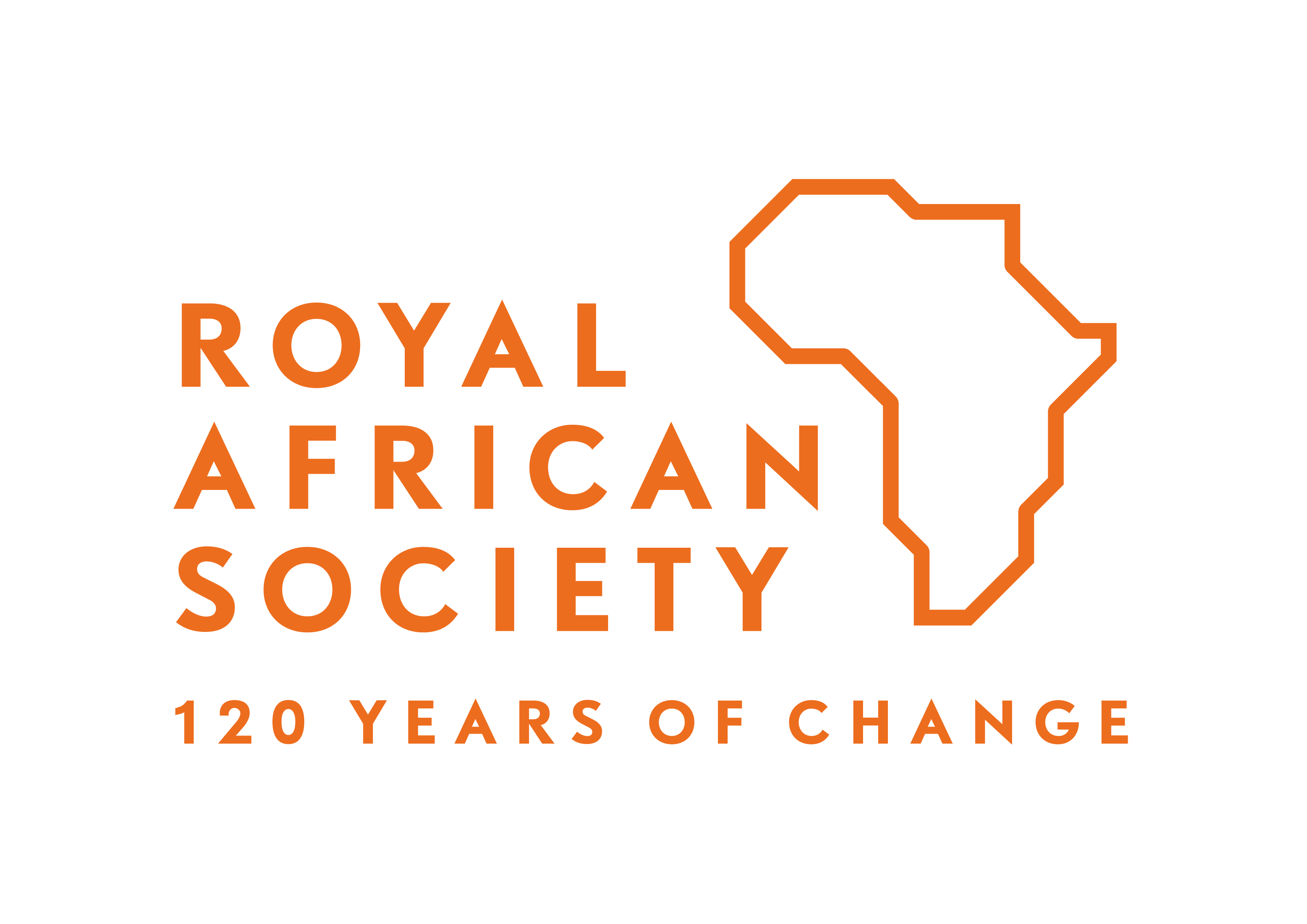Africa must mimic East Asia’s demographic dividend to stave off Malthusian time bomb – By Adam Green

 Africa’s population growth figures are staggering. The continent had a fertility rate of 5.4 children per woman during the 2005-10 period – double that of any other region – and it is projected to decline only to 3.2 by 2050, still higher than other regions (the rate is under 2.5 in Asia, and below 2 in East Asia).
Africa’s population growth figures are staggering. The continent had a fertility rate of 5.4 children per woman during the 2005-10 period – double that of any other region – and it is projected to decline only to 3.2 by 2050, still higher than other regions (the rate is under 2.5 in Asia, and below 2 in East Asia).
That will more than double Africa’s current population of 1 billion to 2.1 billion by 2050, and quadruple it to 3.9 billion by 2100, according to the population division of the United Nations Department of Economic and Social Affairs. Half of projected population growth from 2012–2050 will be in sub-Saharan Africa.
What does all of this mean for African development? Raw population size is not, in itself, good or bad. What matters is how the structure of the population changes. Strong economic performance in Asia over the last half century have been in part due to a “˜demographic dividend’ – the process by which fertility rates begin falling, meaning a large group of young people move from being dependents to being of working age, without a similarly large group being born “˜behind’ them. This changes the structure of the population, with proportionally more people being in the “˜working age’ bracket. If the young population entering working age receive decent education, and are able to find employment and save money, fertility rates fall further.
Parts of East Asia and India have initiated that transition successfully, but what is the likelihood of African economies following a similar path? The data is not too encouraging. While there are indications that the youngest segment of the African population will start to shrink in number – by 2050, the percentage of the African population under 14 is projected to decline from 40 to 31 percent, while the percentage of the population between the ages of 25-59, the prime working ages, is projected to increase from its current 34 to 45 percent – the two “˜ifs’ of the demographic dividend are far from assumed. Available work and high educational attainment are both crucial to enable demographic change to boost development. But formal job creation is stagnant across the continent, educational outcomes are still quite poor compared to Asia, and savings rates are too low.
In Asia, fertility started to decline in the 1950s, which meant rising numbers of workers per dependent. This is happening in sub-Saharan Africa too, but later and more slowly. Africa lacks East Asia’s high rates of savings and investment over that period, and the “˜Green Revolution’ was also critical to broader Asian growth: Africa is yet to experience the same phenomenon. With that in mind, population growth in Africa could prove a burden rather than a boon
There are positive examples in the African context, though. Botswana reduced the fertility rate from six children per woman in 1981 to 2.8 in 2010, effectively halving it in a 30 year period. This was thanks to countrywide free health facilities involving maternal and child health, and family planning. Improved health outcomes meant women did not feel compelled to have as many children. Contraception availability rose from 28 percent in 1984 to 53 percent in 2007. Finally, improved educational access, including exclusion of school fees for the poorest, raised the number of girls achieving education. All of these interventions combined worked to reduce the fertility rate.
The biggest downside risk to population growth, if other structural changes do not move in step, is growing food insecurity. There are two solutions to the food security problem, and both look elusive. The first is to expand the acreage that is harvested for agriculture. But a conversion area the size of Germany, France and the UK combined would be needed to achieve this in Africa – with clear ramifications for conflict, land rights, water, carbon emissions and biodiversity. The second is intensification – in other words, increasing yields on existing farmlands. But Africa would require a yield growth in cereals 50 percent higher that the global average over the last 40 years.
Some regions look better prepared to cope with the food demands of a rising population than others. The Sahel, a one million square mile belt of arid and semi-arid land running from the Atlantic to the Red Sea, is one of the most vulnerable regions, with geographers and health experts worrying about the combination of climate change, food insecurity and high fertility.
High fertility rates are not inevitable in poor countries. Peru, Uzbekistan, and Bangladesh all reduced fertility rates of just under 7 in 1960 to around 2.5 by 2010, through voluntary family planning programmes, increases in education, and improvements in child survival – and all three were classified as poor in 2011, ranking 87th, 139th, and 166th out of over 180 countries in per capita income. It may be cultural norms, rather than poverty, which obstruct progress to a lower fertility rate. Patriarchal cultures – including some in the Sahel and northern Nigeria – display persistently high fertility rates as a result of social norms prejudiced against women.
Africa’s success of the last decade has been real, and the signs are everywhere to see. But in the face of a population growing this quickly, those gains will need to be accelerated if the continent is to avoid simply treading water, or falling backwards.
Adam Robert Green is senior reporter with This is Africa, a publication from the Financial Times.






